 The suffering inflicted on the Ukrainian people by the Russian invasion is immense. But, at a much lower level, the war will also inflict costs on people in countries around the world. There will be significant costs to households in the form of even higher energy and food price inflation and a possible economic slowdown. The reactions of governments and central banks could put a further squeeze on living standards. Stock markets could fall further and investment could decline as firms lose confidence.
The suffering inflicted on the Ukrainian people by the Russian invasion is immense. But, at a much lower level, the war will also inflict costs on people in countries around the world. There will be significant costs to households in the form of even higher energy and food price inflation and a possible economic slowdown. The reactions of governments and central banks could put a further squeeze on living standards. Stock markets could fall further and investment could decline as firms lose confidence.
Russia is the world’s second largest oil supplier and any disruption to supplies will drive up the price of oil significantly. Ahead of the invasion, oil prices were rising. At the beginning of February, Brent crude was around $90 per barrel. With the invasion, it rose above $100 per barrel.
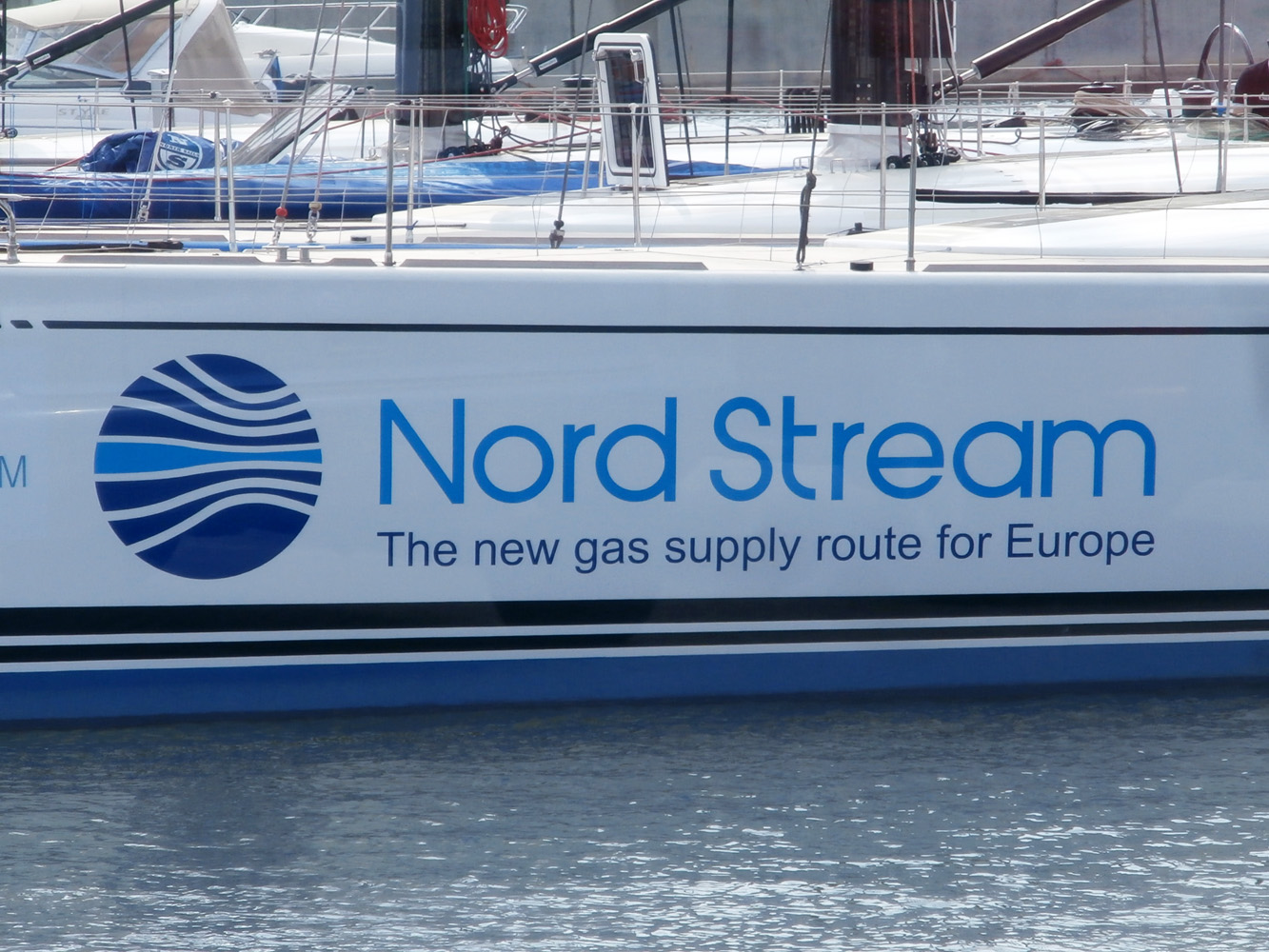 Russia is also a major producer of natural gas. The EU is particularly dependent on Russia, which supplies 40% of its natural gas. With Germany halting approval of the major new gas pipeline under the Baltic from Russia to Germany, Nord Stream 2, the price of gas has rocketed. On the day of the invasion, European gas prices rose by over 50%.
Russia is also a major producer of natural gas. The EU is particularly dependent on Russia, which supplies 40% of its natural gas. With Germany halting approval of the major new gas pipeline under the Baltic from Russia to Germany, Nord Stream 2, the price of gas has rocketed. On the day of the invasion, European gas prices rose by over 50%.
Nevertheless, with the USA deciding not to extend sanctions to Russia’s energy sector, the price of gas fell back by 32% the next day. It remains to be seen just how much the supplies of oil and gas from Russia will be disrupted over the coming weeks.
Both Russia and Ukraine are major suppliers of wheat and maize, between them responsible for 14% of global wheat production and 30% of global wheat exports. A significant rise in the price of wheat and other grains will exacerbate the current rise in food price inflation.
Russia is also a significant supplier of metals, such as copper, platinum, aluminium and nickel, which are used in a wide variety of products. A rise in their price has begun and will further add to inflationary pressures and supply-chain problems which have followed the pandemic.
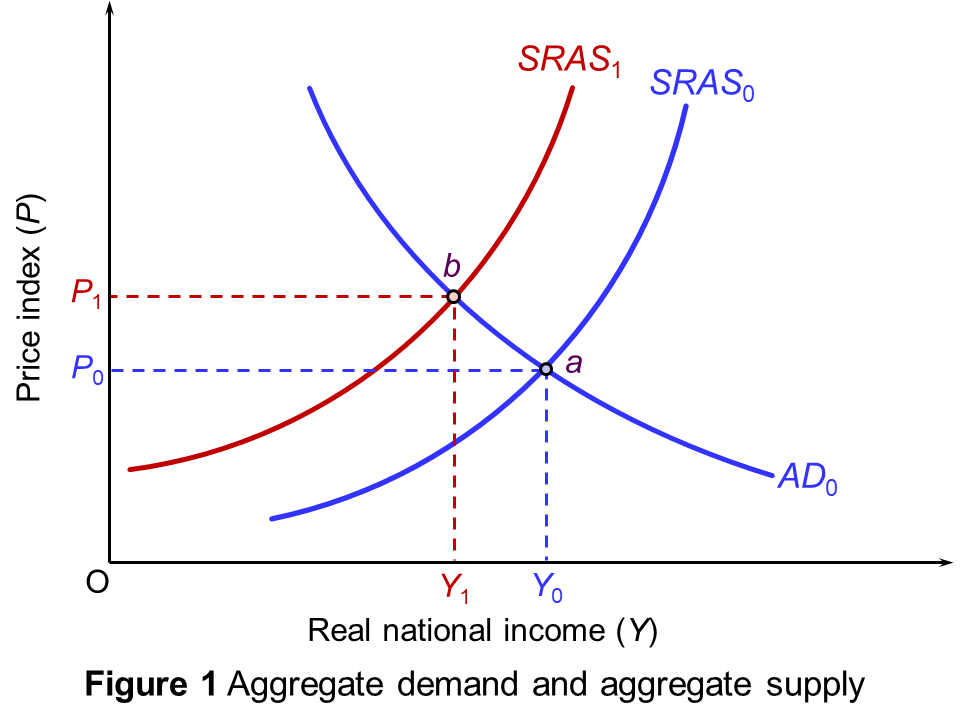 The effect of these supply shocks can be illustrated in a simple aggregate demand and supply diagram (see Figure 1), which shows a representative economy that imports energy, grain and other resources. Aggregate demand and short-run aggregate supply are initially given by AD0 and SRAS0. Equilibrium is at point a, with real national income (real GDP) of Y0 and a price index of P0.
The effect of these supply shocks can be illustrated in a simple aggregate demand and supply diagram (see Figure 1), which shows a representative economy that imports energy, grain and other resources. Aggregate demand and short-run aggregate supply are initially given by AD0 and SRAS0. Equilibrium is at point a, with real national income (real GDP) of Y0 and a price index of P0.
The supply shock shifts short-run aggregate supply to SRAS1. Equilibrium moves to point b. The price index rises to P1 and real national income falls to Y1. If it is a ‘one-off’ cost increase, then the price index will settle at the new higher level and GDP at the new lower level provided that real aggregate demand remains the same. Inflation will be temporary. If, however, the SRAS curve continues to shift upwards to the left, then cost-push inflation will continue.
These supply-side shocks make the resulting inflation hard for policymakers to deal with. When the problem lies on the demand side, where the inflation is accompanied by an unsustainable boom, a contractionary fiscal and monetary policy can stabilise the economy and reduce inflation. But the inflationary problem today is not demand-pull inflation; it’s cost-push inflation. Disruptions to supply are both driving up prices and causing an economic slowdown – a situation of ‘stagflation’, or even an inflationary recession.
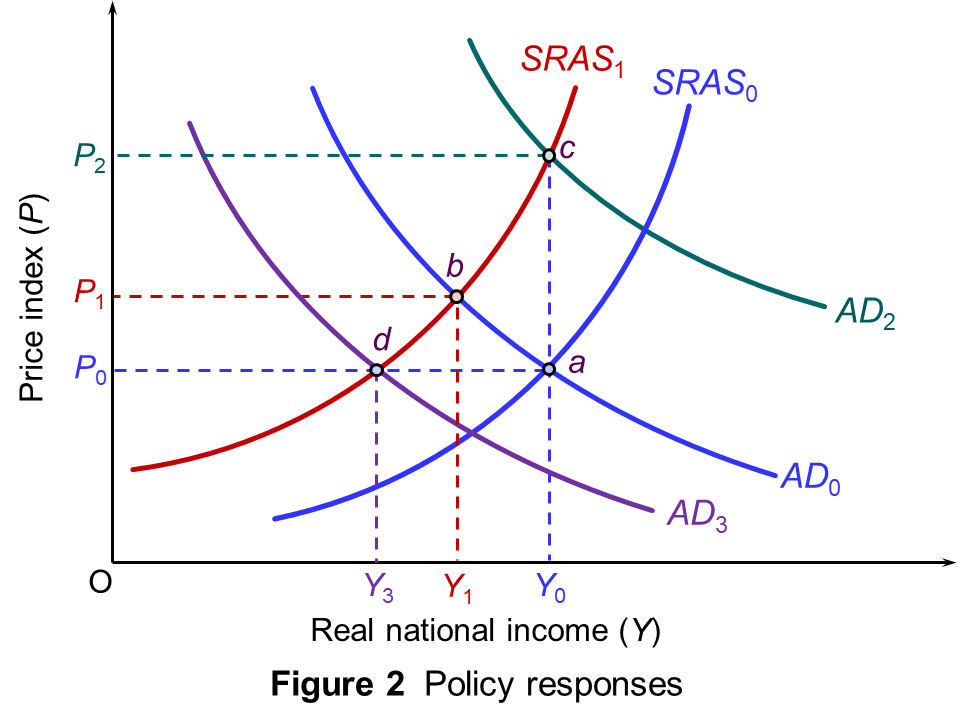 An expansionary policy, such as increasing bond purchases (quantitative easing) or increasing government spending, may help to avoid recession (at least temporarily), but will only exacerbate inflation. In Figure 2, aggregate demand shifts to AD2. Equilibrium moves to point c. Real GDP returns to Y0 (at least temporarily) but the price level rises further, to P2. (Click here for a PowerPoint of the diagram.)
An expansionary policy, such as increasing bond purchases (quantitative easing) or increasing government spending, may help to avoid recession (at least temporarily), but will only exacerbate inflation. In Figure 2, aggregate demand shifts to AD2. Equilibrium moves to point c. Real GDP returns to Y0 (at least temporarily) but the price level rises further, to P2. (Click here for a PowerPoint of the diagram.)
A contractionary policy, such as raising interest rates or taxes, may help to reduce inflation but will make the slowdown worse and could lead to recession. In the diagram, aggregate demand shifts to AD3. Equilibrium moves to point d. The price level returns to P0 (at least temporarily) but real income falls further, to Y3.
In other words, you cannot tackle both the slowdown/recession and the inflation simultaneously by the use of demand-side policy. One requires an expansionary fiscal and/or monetary policy; the other requires fiscal and/or monetary tightening.
Then there are other likely economic stresses. If NATO countries respond by increasing defence expenditure, this will put further strain on public finances.
Sentiment is a key driver of the economy and prices. Expectations tend to be self-fulfilling. So if the war in Ukraine undermines confidence in stock markets and the real economy and further raises inflationary expectations, this pessimistic mood will tend in itself to drive down share prices, drive up inflation and drive down investment and economic growth.
Articles
- How will Russia’s invasion of Ukraine hit the global economy?
Financial Times, Chris Giles, Jonathan Wheatley and Valentina Romei (25/2/22)
- Ukraine conflict raises the possibility of stagflation
Financial Times, The Editorial Board (25/2/22)
- Five ways the Ukraine war could push up prices
BBC News, Laura Jones (5/3/22)
- Jason Furman cautions against reading too much into the initial market reactions to Russia’s invasion
interest.co.nz, Jason Furman (26/2/22)
- Putin’s war promises to crush the global economy with inflation and much slower growth
Market Watch, Nouriel Roubini (25/2/22)
- Roubini: 6 Financial, Economic Risks of Russia-Ukraine War
ThinkAdvisor, Janet Levaux (25/2/22)
- Fed tightening plans now contending with war, possible oil shock
Reuters, Howard Schneider and Jonnelle Marte (24/2/22)
- The invasion of Ukraine changed everything for Wall Street
CNN, Julia Horowitz (27/2/22)
- Why the Russian invasion will have huge economic consequences for American families
CNN, Matt Egan (24/2/22)
- European gas prices soar and oil tops $105 after Russia attacks Ukraine
Financial Times, Neil Hume, Emiko Terazono and Tom Wilson (24/2/22)
- Five essential commodities that will be hit by war in Ukraine
The Conversation, Sarah Schiffling and Nikolaos Valantasis Kanellos (24/2/22)
- Ukraine: ‘I’m surprised the oil price hasn’t hit US$130 a barrel yet’ – energy trading expert Q&A
The Conversation, Adi Imsirovic (25/2/22)
- Ukraine crisis: Warning UK energy bills could top £3,000 a year
BBC News, Michael Race (25/2/22)
- Putin’s energy shock: The economic realities of invasion
BBC News, Faisal Islam (25/2/22)
- Fears of UK food and fuel prices rising due to war
BBC News, Oliver Smith & Michael Race (26/2/22)
- Ukraine conflict: What is Swift and why is banning Russia so significant?
BBC News, Russell Hotten (27/2/22)
- Ukraine conflict: How reliant is Europe on Russia for oil and gas?
BBC News, Jake Horton & Daniele Palumbo (25/2/22)
- Ukraine crisis complicates ECB’s path to higher rates
Reuters, Francesco Canepa and Balazs Koranyi (24/2/22)
- Russia and the West are moving towards all out economic war
Al Jazeera, Maximilian Hess (24/2/22)
Questions
- If there is a negative supply shock, what will determine the size of the resulting increase in the price level and the rate of inflation over the next one or two years?
- How may expectations affect (a) the size of the increase in the price level; (b) future prices of gas and oil?
- Why did stock markets rise on the day after the invasion of Ukraine?
- Argue the case for and against relaxing monetary policy and delaying tax rises in the light of the economic consequences of the war in Ukraine.
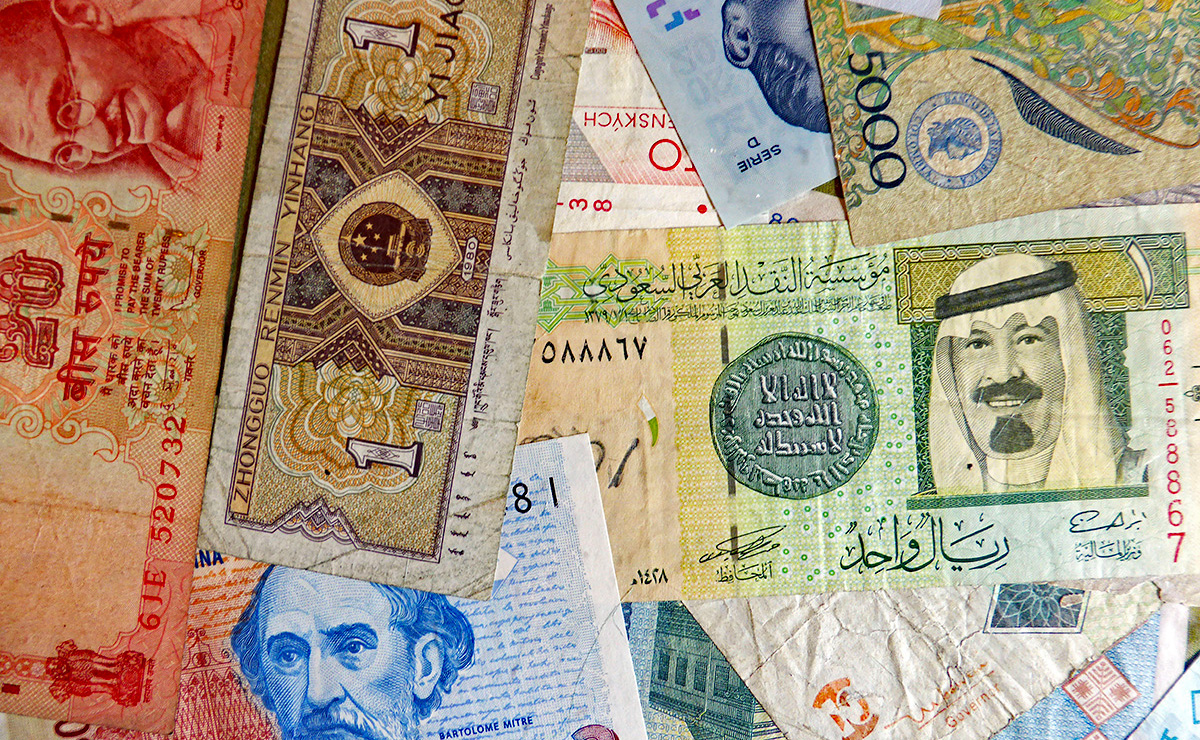 Inflation has been rising around the world as a combination of a recovery in demand and supply-chain issues have resulted in aggregate demand exceeding aggregate supply. Annual consumer price inflation at the beginning of 2022 is around 2.5% in China, 3.5% in Sweden, 5% in the eurozone, Canada and India, 6% in the UK and South Africa, 7% in the USA and 7.5% in Mexico. In each case it is forecast to go a little higher before falling back again.
Inflation has been rising around the world as a combination of a recovery in demand and supply-chain issues have resulted in aggregate demand exceeding aggregate supply. Annual consumer price inflation at the beginning of 2022 is around 2.5% in China, 3.5% in Sweden, 5% in the eurozone, Canada and India, 6% in the UK and South Africa, 7% in the USA and 7.5% in Mexico. In each case it is forecast to go a little higher before falling back again.
Inflation in Turkey
In Turkey inflation is much higher. The official annual rate of consumer price inflation in December 2021 was 36.1%, sharply up from 21.3% in November. But according to Turkey’s influential ENAGrup the December rate was much higher still at 82.8%. Official producer price inflation was 79.9% and this will feed through into official consumer price inflation in the coming weeks.
The rise in inflation has hit the poor particularly badly. According to the official statistics, in the year to December 2021, domestic energy prices increased by 34.2%, food by 44.7% and transport by 53.7%. In response, the government has raised the minimum wage by nearly 50% for 2022.
Causes of high and rising inflation
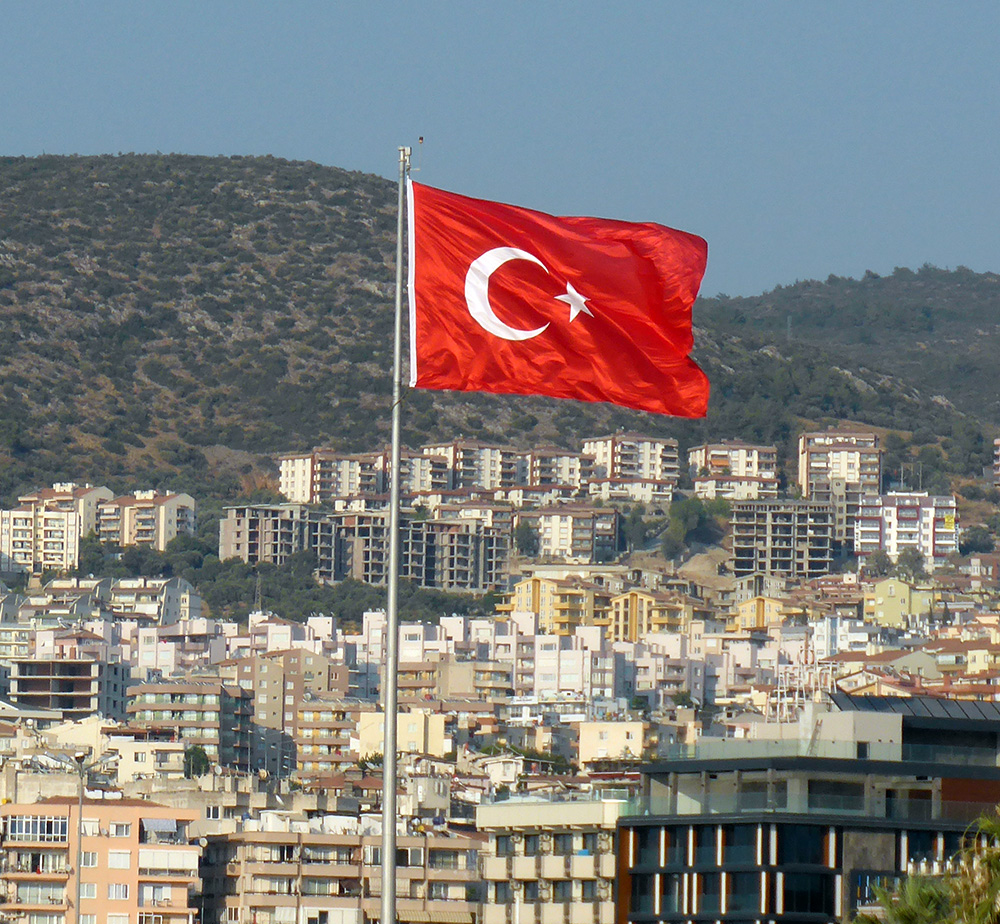 Why is Turkey’s inflation so much higher than in most developed and emerging economies and why has it risen so rapidly? The answer is that aggregate demand has been excessively boosted – well ahead of the ability of supply to respond. This has driven inflation expectations.
Why is Turkey’s inflation so much higher than in most developed and emerging economies and why has it risen so rapidly? The answer is that aggregate demand has been excessively boosted – well ahead of the ability of supply to respond. This has driven inflation expectations.
Turkey’s leader, President Erdoğan, in recent years has been seeking to stimulate economic growth through a mixture of supply-side, fiscal and monetary policies. He has hoped that the prospect of high growth would encourage both domestic and inward investment and that this would indeed drive the high growth he seeks. To encourage investment he has sought to reduce the reliance on imports through various measures, such as public procurement favouring domestic firms, tax reliefs for business and keeping interest rates down. He has claimed that the policy is focused on investment, production, employment and exports, instead of the ‘vicious circle of high interest rates and low exchange rates’.
With the pandemic, fiscal policy was largely focused on health, social security and employment measures. Such support was aided by a relatively healthy public finances. General government debt was 32% of GDP in 2020. This compares with 74% for the EU and 102% for the G7. Nevertheless, the worsening budget deficit has made future large-scale expenditure on public infrastructure, tax cuts for private business and other supply-side measures more difficult. Support for growth has thus fallen increasingly to monetary policy.
The Turkish central bank is not independent, with the President firing senior officials with whom he disagrees over monetary policy. The same applies to the Finance Ministry, with independently-minded ministers losing their jobs. Monetary and exchange rate policy have thus become the policy of the President. And it is here that a major part of the current problem of rising inflation lies.
Monetary and exchange rate policy
Despite rising inflation, the central bank has reduced interest rates. At its monthly meeting in September 2021, the Turkish central bank reduced its key rate from 19% to 18% and then to 16% in October, to 15% in November and 14% in December. These unprecedented rate cuts saw a large increase in the money supply. M1 rose by 11.7% in November alone; the annual growth rate was 59.5%. Broad money (M2 and M3) similarly rose. M3 grew by an annual rate of 51% in November 2021. The cut in interest rates and rise in money supply led to a rise in nominal expenditure which, in turn, led to higher prices.
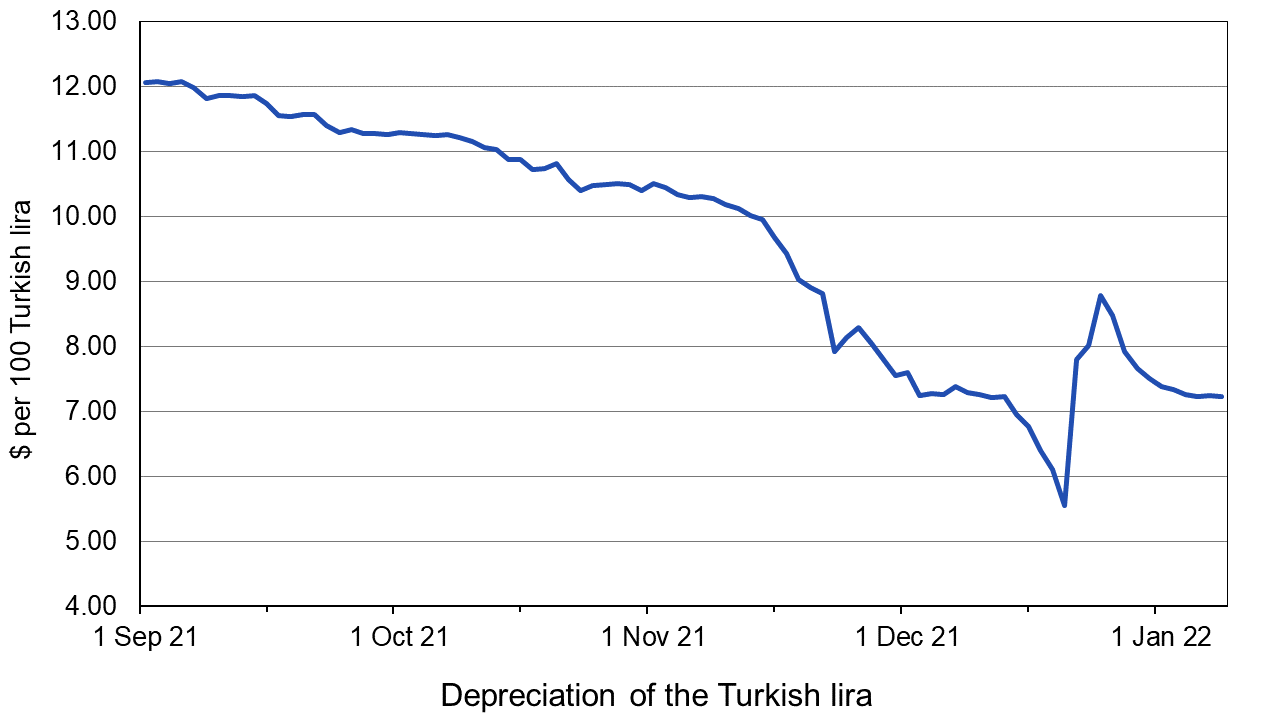
The cut in interest rates and rise in nominal aggregate demand led to a large depreciation in the exchange rate. On 1 September 2021, 100 Turkish lira exchanged for $12.05. By 11 January 2022 the rate had fallen to $7.22 – a 40.1% depreciation. This depreciation, in turn, further stoked inflation as the lower exchange rate pushed up the price of imported goods. (Click here for a PowerPoint of the chart.)
Attempts were made to stem this fall in the lira on 20 December, by which point 100 lira were trading for just $5.50 (see chart) and speculation against the lira was gathering momentum. President Erdoğan announced a scheme to protect lira deposits against currency volatility, guaranteeing lira deposits in hard currency terms. The mechanism adopted was a rise in the interest rate on lira deposits with a maturity of 3 to 12 months, thereby encouraging people to lock in deposits for the medium term and not, therefore, to use them to speculate against the lira by buying other currencies. Other interest rates would be unaffected. At the same time the central bank used foreign currency reserves to engage in large-scale purchases of the lira on the foreign exchange market.
The lira rallied. By 23 December, 100 lira were trading for $8.79. But then selling of the lira began again and, as stated above, by early January 100 lira had fallen to $7.22. The underlying problem of excess demand and high inflationary expectations had not been solved.
It remains to be seen whether the President will change his mind and decide that the central bank needs to raise interest rates to reduce inflation and restore confidence.
Videos
Articles
- Turkish Inflation Hits Highest Since 2002 Amid Lira Woes
Bloomberg, Baris Balci and Cagan Koc (3/1/22)
- Turkey’s annual inflation rate is over 82 percent, finds research group
Bianet (3/1/22)
- How Turkey can overcome its economic challenges
Arab News, Zaid M Belbagi (2/1/22)
- Turkey cuts interest rates despite spiralling inflation
BBC News, Victoria Craig (16/12/21)
- Turkey inflation surges 36% amid lira crisis, highest since 2002
CNBC (3/1/22)
- Turkey mulls new financial instruments to shield against inflation
Daily Sabah (3/1/22)
- Turkey raises minimum wage as lira crash, inflation sow hardship
Aljazeera, Umar Farooq (16/12/21)
- What to make of Turkey’s latest unorthodox currency move
Financial Times, Mohamed El-Erian (21/12/21)
- Erdoğan gambles on economy amid protests and rocketing inflation
The Guardian, Phillip Inman (24/11/21)
- Explained: How did Turkey’s economy go so wrong?
The Indian Express, Patricia Cohen (15/12/21)
Data
Questions
- Until the pandemic, the Turkish economy could be seen as a success story. Why?
- What supply-side policies did Turkey pursue?
- Use either an aggregate demand and supply diagram or a dynamic aggregate demand and supply (DAD/DAS) diagram to explain what has happened to inflation in Turkey in the past few months.
- Explain the thinking behind the successive cuts in interest rates since September 2021.
- Why did the measures introduced on 20 December 2021 only temporarily halt the depreciation of the lira?
- Choose a country with a higher rate of inflation than Turkey (see second data link above). Find out the causes of its high rate. Are they similar to those in Turkey?
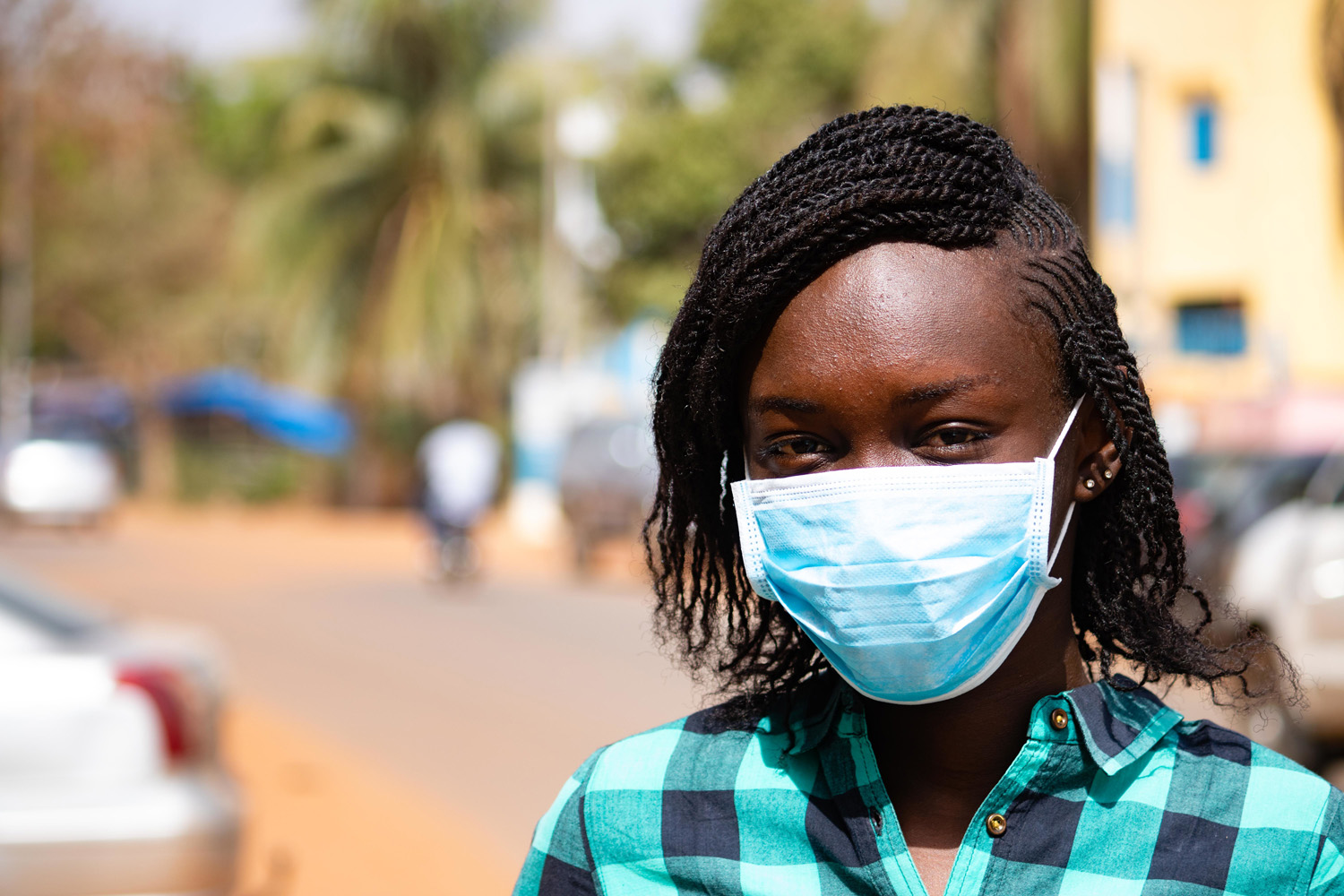 Many developing countries are facing a renewed debt crisis. This is directly related to Covid-19, which is now sweeping across many poor countries in a new wave.
Many developing countries are facing a renewed debt crisis. This is directly related to Covid-19, which is now sweeping across many poor countries in a new wave.
Between 2016 and 2020, debt service as a percentage of GDP rose from an average of 7.1% to 27.1% for South Asian countries, from 8.1% to 14.1% for Sub-Saharan African countries, from 13.1% to 42.3% for North African and Middle Eastern countries, and from 5.6% to 14.7% for East Asian and Pacific countries. These percentages are expected to climb again in 2021 by around 10% of GDP.
Incomes have fallen in developing countries with illness, lockdowns and business failures. This has been compounded by a fall in their exports as the world economy has contracted and by a 19% fall in aid in 2020. The fall in incomes has led to a decline in tax revenues and demands for increased government expenditure on healthcare and social support. Public-sector deficits have thus risen steeply.
And the problem is likely to get worse before it gets better. Vaccination roll-outs in most developing countries are slow, with only a tiny fraction of the population having received just one jab. With the economic damage already caused, growth is likely to be subdued for some time.
This has put developing countries in a ‘trilemma’, as the IMF calls it. Governments must balance the objectives of:
- meeting increased spending needs from the emergency and its aftermath;
- limiting the substantial increase in public debt;
- trying to contain rises in taxes.
Developing countries are faced with a difficult trade-off between these objectives, as addressing one objective is likely to come at the expense of the other two. For example, higher spending would require higher deficits and debt or higher taxes.
The poorest countries have little scope for increased domestic borrowing and have been forced to borrow on international markets. But such debt is costly. Although international interest rates are generally low, many developing countries have had to take on increasing levels of borrowing from private lenders at much higher rates of interest, substantially adding to the servicing costs of their debt.
Debt relief
 International agencies and groups, such as the IMF, the World Bank, the United Nations and the G20, have all advocated increased help to tackle this debt crisis. The IMF has allocated $100bn in lending through the Rapid Financing Instrument (RFI) and the Rapid Credit Facility (RCF) and nearly $500m in debt service relief grants through the Catastrophe Containment and Relief Trust (CCRT). The World Bank is increasing operations to $160bn.
International agencies and groups, such as the IMF, the World Bank, the United Nations and the G20, have all advocated increased help to tackle this debt crisis. The IMF has allocated $100bn in lending through the Rapid Financing Instrument (RFI) and the Rapid Credit Facility (RCF) and nearly $500m in debt service relief grants through the Catastrophe Containment and Relief Trust (CCRT). The World Bank is increasing operations to $160bn.
The IMF is also considering an increase in special drawing rights (SDRs) from the current level of 204.2bn ($293.3bn) to 452.6bn ($650bn) – a rise of 121.6%. This would be the first such expansion since 2009. It has received the support of both the G7 and the G20. SDRs are reserves created by the IMF whose value is a weighted average of five currencies – the US dollar (41.73%), the euro (30.93%), the Chinese yuan (10.92%), the Japanese yen (8.33%) and the pound sterling (8.09%).
Normally an increase in SDRs would be allocated to countries according their IMF quotas, which largely depend on the size of their GDP and their openness. Any new allocation under this formula would therefore go mainly to developed countries, with developing economies getting only around $60bn of the extra $357bn. It has thus been proposed that developed countries give much of their allocation to developing countries. These could then be used to cancel debts. This proposal has been backed by Janet Yellen, the US Secretary of the Treasury, who said she would “strongly encourage G20 members to channel excess SDRs in support of recovery efforts in low-income countries, alongside continued bilateral financing”.
 The G20 countries, with the support of the IMF and World Bank, have committed to suspend debt service payments by eligible countries which request to participate in its Debt Service Suspension Initiative (DSSI). There are 73 eligible countries. The scheme, now extended to 31 December 2021, provides a suspension of debt-service payments owed to official bilateral creditors. In return, borrowers commit to use freed-up resources to increase social, health or economic spending in response to the crisis. As of April 2021, 45 countries had requested to participate, with savings totalling more than $10bn. The G20 has also called on private creditors to join the DSSI, but so far without success.
The G20 countries, with the support of the IMF and World Bank, have committed to suspend debt service payments by eligible countries which request to participate in its Debt Service Suspension Initiative (DSSI). There are 73 eligible countries. The scheme, now extended to 31 December 2021, provides a suspension of debt-service payments owed to official bilateral creditors. In return, borrowers commit to use freed-up resources to increase social, health or economic spending in response to the crisis. As of April 2021, 45 countries had requested to participate, with savings totalling more than $10bn. The G20 has also called on private creditors to join the DSSI, but so far without success.
Despite these initiatives, the scale of debt relief (as opposed to extra or deferred lending) remains small in comparison to earlier initiatives. Under the Heavily Indebted Poor Countries initiative (HIPC, launched 1996) and the Multilateral Debt Relief Initiative (MDRI, launched 2005) more than $100bn of debt was cancelled.
Since the start of the pandemic, major developed countries have spent between $10 000 and $20 000 per head in stimulus and social support programmes. Sub-Saharan African countries on average are seeking only $365 per head in support.
Articles and blogs
Podcast
Report
Data
Questions
- Imagine you are an economic advisor to a developing country attempting to rebuild the economy after the coronavirus pandemic. How would you advise it to proceed, given the ‘trilemma’ described above?
- How does the News24 article define ‘smart debt relief’. Do you agree with the definition and the means of achieving smart debt relief?
- To what extent is it in the interests of the developed world to provide additional debt relief to poor countries whose economies have been badly affected by the coronavirus pandemic?
- Research ‘debt-for-nature swaps’. To what extent can debt relief for countries affected by the coronavirus pandemic be linked to tackling climate change?
 There have been many analyses of the economic effects of Brexit, both before the referendum and at various times since, including analyses of the effects of the deal negotiated by Theresa May’s government and the EU. But with the prospect of a no-deal Brexit on 31 October under the new Boris Johnson government, attention has turned to the effects of leaving the EU without a deal.
There have been many analyses of the economic effects of Brexit, both before the referendum and at various times since, including analyses of the effects of the deal negotiated by Theresa May’s government and the EU. But with the prospect of a no-deal Brexit on 31 October under the new Boris Johnson government, attention has turned to the effects of leaving the EU without a deal.
There have been two major analyses recently of the likely effects of a no-deal Brexit – one by the International Monetary Fund (IMF) and one by the Office for Budget Responsibility (OBR).
IMF analysis
The first was in April by the IMF as part of its 6-monthly World Economic Outlook. In Scenario Box 1.1. ‘A No-Deal Brexit’ on page 28 of Chapter 1, the IMF looked at two possible scenarios.
Scenario A assumes no border disruptions and a relatively small increase in UK sovereign and corporate spreads. Scenario B incorporates significant border disruptions that increase import costs for UK firms and households (and to a lesser extent for the European Union) and a more severe tightening in financial conditions.
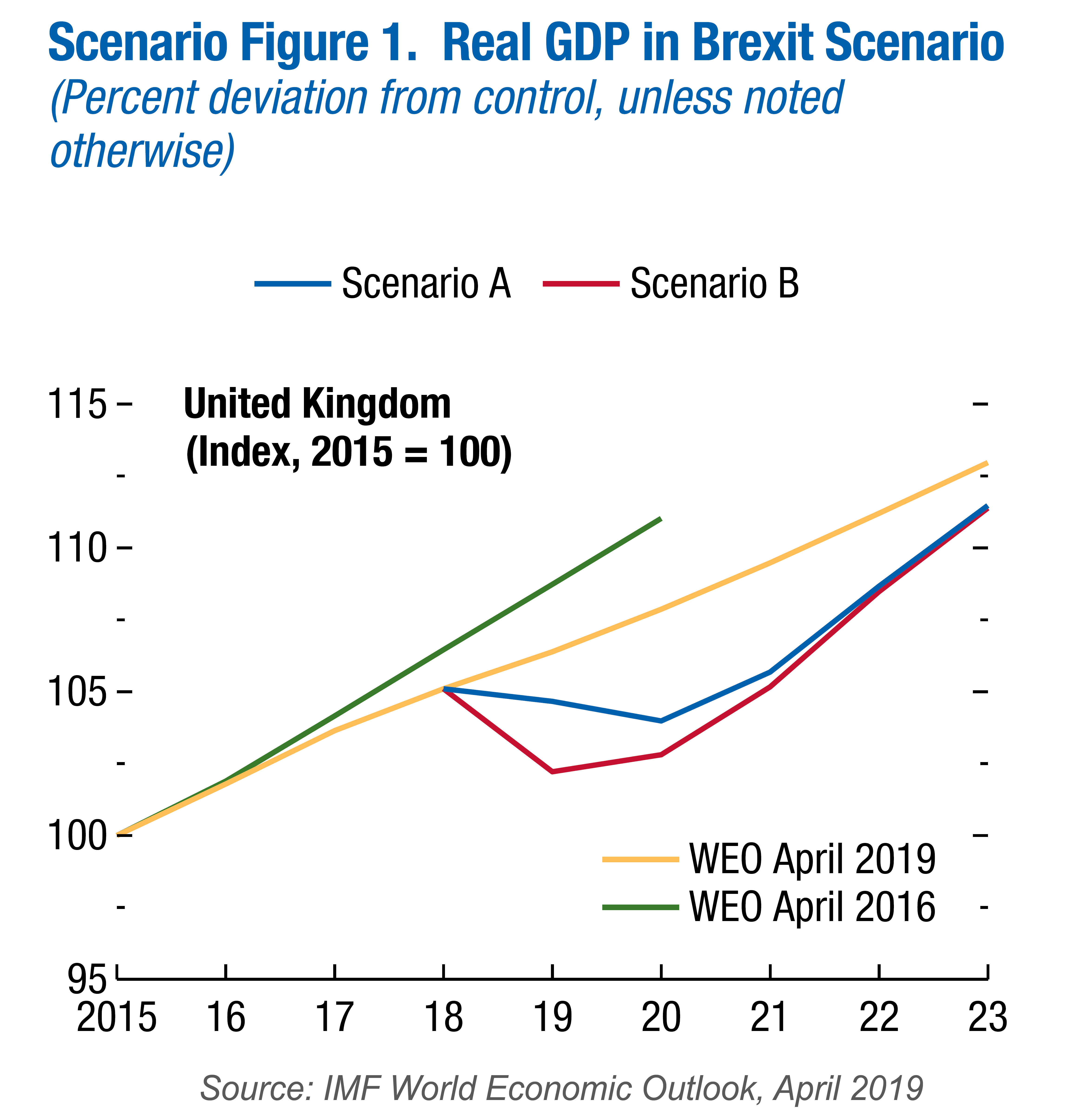 Under both scenarios, UK exports to the EU and UK imports from the EU revert to WTO rules. As a result, tariffs are imposed by mid-2020 or earlier. Non-tariff barriers rise at first but are gradually reduced over time. Most free-trade arrangements between the EU and other countries are initially unavailable to the UK (see the blog EU strikes major trade deals) but both scenarios assume that ‘new trade agreements are secured after two years, and on terms similar to those currently in place.’
Under both scenarios, UK exports to the EU and UK imports from the EU revert to WTO rules. As a result, tariffs are imposed by mid-2020 or earlier. Non-tariff barriers rise at first but are gradually reduced over time. Most free-trade arrangements between the EU and other countries are initially unavailable to the UK (see the blog EU strikes major trade deals) but both scenarios assume that ‘new trade agreements are secured after two years, and on terms similar to those currently in place.’
Both scenarios also assume a reduction in net immigration from the EU of 25 000 per year until 2030. Both assume a rise in corporate and government bond rates, reflecting greater uncertainty, with the effect being greater in Scenario B. Both assume a relaxing of monetary and fiscal policy in response to downward pressures on the economy.
The IMF analysis shows a negative impact on UK GDP, with the economy falling into recession in late 2019 and in 2020. This is the result of higher trade costs and reduced business investment caused by a poorer economic outlook and increased uncertainty. By 2021, even under Scenario A, GDP is approximately 3.5% lower than it would have been if the UK had left the EU with the negotiated deal. For the rest of the EU, GDP is around 0.5% lower, although the effect varies considerably from country to country.
The IMF analysis makes optimistic assumptions, such as the UK being able to negotiate new trade deals with non-EU countries to replace those lost by leaving. More pessimistic assumptions would lead to greater costs.
OBR analysis
Building on the analysis of the IMF, the Office for Budget Responsibility considered the effect of a no-deal Brexit on the public finances in its biennial Fiscal risks report, published on 17 July 2019. This argues that, under the relatively benign Scenario A assumptions of the IMF, the lower GDP would result in annual public-sector net borrowing (PSNB) rising. By 2021/22, if the UK had left with the deal negotiated with the EU, PSNB would have been around £18bn. A no-deal Brexit would push this up to around £51bn.

According to the OBR, the contributors to this rise in public-sector net borrowing of around £33bn are:
- A fall in income tax and national insurance receipts of around £16.5bn per year because of lower incomes.
- A fall in corporation tax and expenditure taxes, such as VAT, excise duties and stamp duty of around £22.5bn per year because of lower expenditure.
- A fall in capital taxes, such as inheritance tax and capital gains tax of around £10bn per year because of a fall in asset prices.
- These are offset to a small degree by a rise in customs duties (around £10bn) because of the imposition of tariffs and by lower debt repayments (of around £6bn) because of the Bank of England having to reduce interest rates.
The rise in PSNB would constrain the government’s ability to use fiscal policy to boost the economy and to engage in the large-scale capital projects advocated by Boris Johnson while making the substantial tax cuts he is proposing. A less optimistic set of assumptions would, of course, lead to a bigger rise in PSNB, which would further constrain fiscal policy.
Articles
Video
Reports
Questions
- What are the assumptions of the IMF World Economic Outlook forecasts for the effects of a no-deal Brexit? Do you agree with these assumptions? Explain.
- What are the assumptions of the analysis of a no-deal Brexit on the public finances in the OBR’s Fiscal risks report? Do you agree with these assumptions? Explain.
- What is the difference between forecasts and analyses of outcomes?
- For what reasons might growth over the next few years be higher than in the IMF forecasts under either scenario?
- For what reasons might growth over the next few years be lower than in the IMF forecasts under either scenario?
- For what reasons might public-sector net borrowing (PSNB) over the next few years be lower than in the OBR forecast?
- For what reasons might PSNB over the next few years be higher than in the OBR forecast?
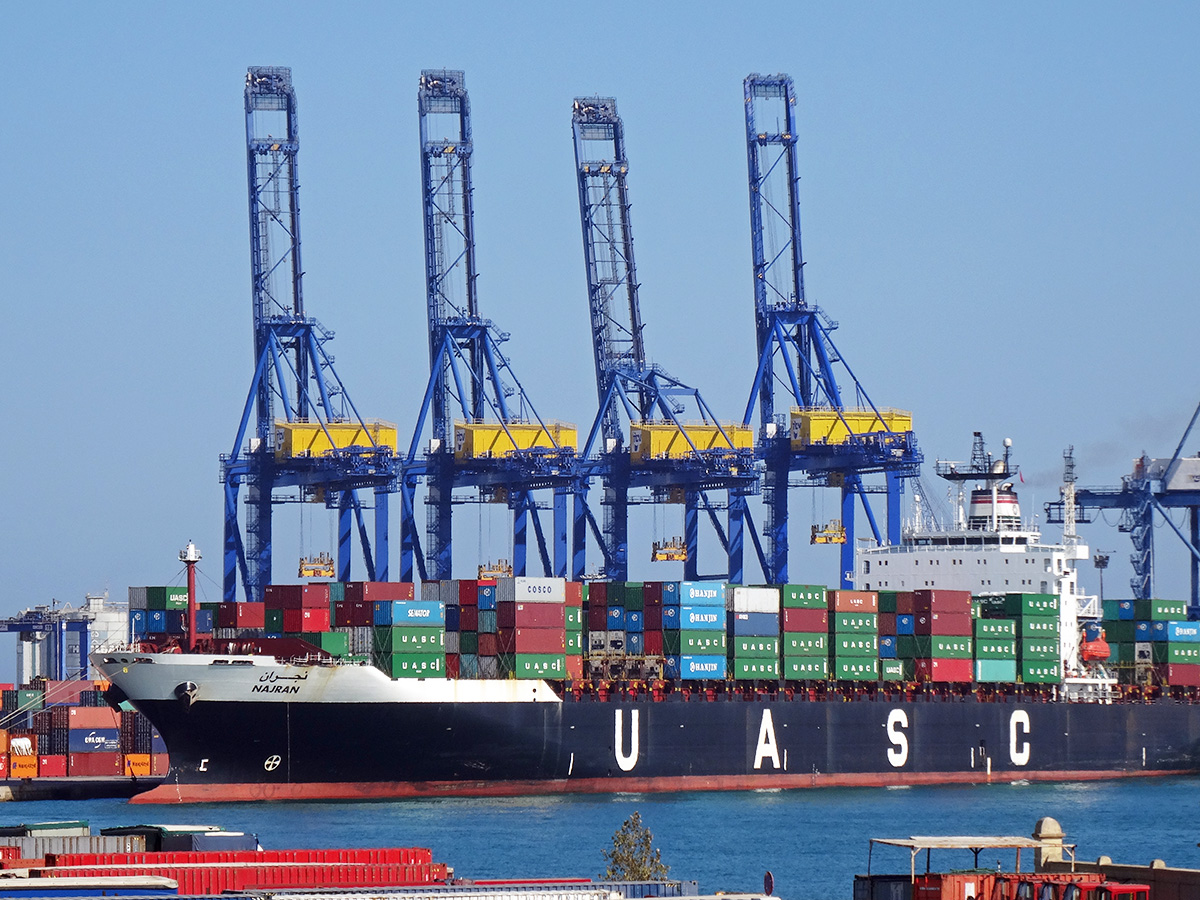 On 21st February 2019, the Department for International Trade (DIT) published a document outlining the UK’s progress in negotiating new free trade agreements (FTAs) with a number of non-EU countries. It advises UK firms that FTAs with Turkey and Japan will not be finalised before the official exit day from the European Union – 29th March 2019. Many business groups expressed concern at this news.
On 21st February 2019, the Department for International Trade (DIT) published a document outlining the UK’s progress in negotiating new free trade agreements (FTAs) with a number of non-EU countries. It advises UK firms that FTAs with Turkey and Japan will not be finalised before the official exit day from the European Union – 29th March 2019. Many business groups expressed concern at this news.
The EU has successfully negotiated a number of FTAs. These deals enable all 28 states in the European Union Custom Union (EU-CU), including the UK, to trade at preferential (i.e. lower) tariffs with over 70 non-EU countries. These include Canada, South Korea, Mexico, Israel, Norway, South Africa and Turkey. Research by the CBI estimates that UK exports to these countries were approximately £41bn in 2017 – approximately 13 per cent of all UK exports. In July 2018, the EU signed its largest ever FTA – with Japan. This deal covers 635 million people.
 If the UK leaves the European Union without a deal on the 29th March, then it immediately loses membership of the EU-CU. Preferential tariffs will no longer apply to trade between the UK and the non-EU countries which signed the FTAs. Without any new arrangements in place, tariffs and quotas will revert to the non-preferential (i.e. higher) rates outlined in registered schedules with the World Trade Organization.
If the UK leaves the European Union without a deal on the 29th March, then it immediately loses membership of the EU-CU. Preferential tariffs will no longer apply to trade between the UK and the non-EU countries which signed the FTAs. Without any new arrangements in place, tariffs and quotas will revert to the non-preferential (i.e. higher) rates outlined in registered schedules with the World Trade Organization.
Given the economic significance of this trade, the UK government has spent the past two years trying to negotiate new FTAs to replace those previously agreed by the EU. For example, on February 11th, the government announced that it had signed a ‘continuity agreement’ with Switzerland covering trade worth £32bn per year. Deals have also been finalised with Chile, Israel, and the Faroe Islands that replicate the terms of the EU agreements. However, government officials informed 30 business groups in early February that it was highly unlikely that most of the new replacement FTAs would be concluded in time for March 29th.
The document published by the DIT on the 21st February confirms this position and describes the current status of most of the new FTAs as:
Engagement ongoing
For both Japan and Turkey, the outlook is more negative. The guidance states:
We will not transition this agreement for exit day.
The head of EU negotiations at the CBI commented that:
We are really concerned that firms could be blindsided by this.
The government stated that it would significantly increase the resources devoted to the trade negotiations and expected to sign more deals over the next couple of weeks.
If the UK leaves the EU on the 29th March with a deal, then it remains in the EU-CU during the 21-month transition period. Trade will still be covered by the 40 existing EU deals. This gives UK officials until the end of December 2020 to conclude a new set of FTAs.
Articles
Government information
Questions
- Using a demand and supply diagram, illustrate the impact of tariffs on imported goods.
- The EU is perhaps the most famous example of a customs union. Find out some other examples.
- Discuss some of the potential disadvantages of free trade.
- Discuss some of the advantages and disadvantages of the UK remaining in the European Union Custom Union.
- What is a ‘registered schedule’ at the World Trade Organization?
 The suffering inflicted on the Ukrainian people by the Russian invasion is immense. But, at a much lower level, the war will also inflict costs on people in countries around the world. There will be significant costs to households in the form of even higher energy and food price inflation and a possible economic slowdown. The reactions of governments and central banks could put a further squeeze on living standards. Stock markets could fall further and investment could decline as firms lose confidence.
The suffering inflicted on the Ukrainian people by the Russian invasion is immense. But, at a much lower level, the war will also inflict costs on people in countries around the world. There will be significant costs to households in the form of even higher energy and food price inflation and a possible economic slowdown. The reactions of governments and central banks could put a further squeeze on living standards. Stock markets could fall further and investment could decline as firms lose confidence. Russia is also a major producer of natural gas. The EU is particularly dependent on Russia, which supplies 40% of its natural gas. With Germany halting approval of the major new gas pipeline under the Baltic from Russia to Germany, Nord Stream 2, the price of gas has rocketed. On the day of the invasion, European gas prices rose by over 50%.
Russia is also a major producer of natural gas. The EU is particularly dependent on Russia, which supplies 40% of its natural gas. With Germany halting approval of the major new gas pipeline under the Baltic from Russia to Germany, Nord Stream 2, the price of gas has rocketed. On the day of the invasion, European gas prices rose by over 50%.  The effect of these supply shocks can be illustrated in a simple aggregate demand and supply diagram (see Figure 1), which shows a representative economy that imports energy, grain and other resources. Aggregate demand and short-run aggregate supply are initially given by AD0 and SRAS0. Equilibrium is at point a, with real national income (real GDP) of Y0 and a price index of P0.
The effect of these supply shocks can be illustrated in a simple aggregate demand and supply diagram (see Figure 1), which shows a representative economy that imports energy, grain and other resources. Aggregate demand and short-run aggregate supply are initially given by AD0 and SRAS0. Equilibrium is at point a, with real national income (real GDP) of Y0 and a price index of P0. An expansionary policy, such as increasing bond purchases (quantitative easing) or increasing government spending, may help to avoid recession (at least temporarily), but will only exacerbate inflation. In Figure 2, aggregate demand shifts to AD2. Equilibrium moves to point c. Real GDP returns to Y0 (at least temporarily) but the price level rises further, to P2. (Click here for a PowerPoint of the diagram.)
An expansionary policy, such as increasing bond purchases (quantitative easing) or increasing government spending, may help to avoid recession (at least temporarily), but will only exacerbate inflation. In Figure 2, aggregate demand shifts to AD2. Equilibrium moves to point c. Real GDP returns to Y0 (at least temporarily) but the price level rises further, to P2. (Click here for a PowerPoint of the diagram.) Inflation has been rising around the world as a combination of a recovery in demand and supply-chain issues have resulted in aggregate demand exceeding aggregate supply. Annual consumer price inflation at the beginning of 2022 is around 2.5% in China, 3.5% in Sweden, 5% in the eurozone, Canada and India, 6% in the UK and South Africa, 7% in the USA and 7.5% in Mexico. In each case it is forecast to go a little higher before falling back again.
Inflation has been rising around the world as a combination of a recovery in demand and supply-chain issues have resulted in aggregate demand exceeding aggregate supply. Annual consumer price inflation at the beginning of 2022 is around 2.5% in China, 3.5% in Sweden, 5% in the eurozone, Canada and India, 6% in the UK and South Africa, 7% in the USA and 7.5% in Mexico. In each case it is forecast to go a little higher before falling back again. Why is Turkey’s inflation so much higher than in most developed and emerging economies and why has it risen so rapidly? The answer is that aggregate demand has been excessively boosted – well ahead of the ability of supply to respond. This has driven inflation expectations.
Why is Turkey’s inflation so much higher than in most developed and emerging economies and why has it risen so rapidly? The answer is that aggregate demand has been excessively boosted – well ahead of the ability of supply to respond. This has driven inflation expectations.

 Many developing countries are facing a renewed debt crisis. This is directly related to Covid-19, which is now sweeping across many poor countries in a new wave.
Many developing countries are facing a renewed debt crisis. This is directly related to Covid-19, which is now sweeping across many poor countries in a new wave.  International agencies and groups, such as the IMF, the World Bank, the United Nations and the G20, have all advocated increased help to tackle this debt crisis. The IMF has allocated $100bn in lending through the Rapid Financing Instrument (
International agencies and groups, such as the IMF, the World Bank, the United Nations and the G20, have all advocated increased help to tackle this debt crisis. The IMF has allocated $100bn in lending through the Rapid Financing Instrument ( The G20 countries, with the support of the IMF and World Bank, have committed to suspend debt service payments by eligible countries which request to participate in its Debt Service Suspension Initiative (
The G20 countries, with the support of the IMF and World Bank, have committed to suspend debt service payments by eligible countries which request to participate in its Debt Service Suspension Initiative ( There have been many analyses of the
There have been many analyses of the  Under both scenarios, UK exports to the EU and UK imports from the EU revert to WTO rules. As a result, tariffs are imposed by mid-2020 or earlier. Non-tariff barriers rise at first but are gradually reduced over time. Most free-trade arrangements between the EU and other countries are initially unavailable to the UK (see the blog
Under both scenarios, UK exports to the EU and UK imports from the EU revert to WTO rules. As a result, tariffs are imposed by mid-2020 or earlier. Non-tariff barriers rise at first but are gradually reduced over time. Most free-trade arrangements between the EU and other countries are initially unavailable to the UK (see the blog 
 On 21st February 2019, the Department for International Trade (DIT) published a document outlining the UK’s progress in negotiating new free trade agreements (FTAs) with a number of non-EU countries. It advises UK firms that FTAs with Turkey and Japan will not be finalised before the official exit day from the European Union – 29th March 2019. Many business groups expressed concern at this news.
On 21st February 2019, the Department for International Trade (DIT) published a document outlining the UK’s progress in negotiating new free trade agreements (FTAs) with a number of non-EU countries. It advises UK firms that FTAs with Turkey and Japan will not be finalised before the official exit day from the European Union – 29th March 2019. Many business groups expressed concern at this news.